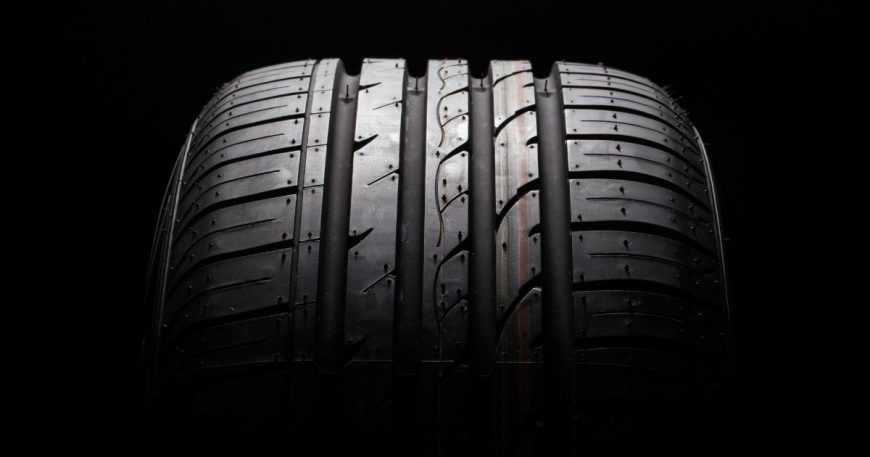Summer brings high temperatures, long road trips, and challenging driving conditions. Your car’s tyres play a crucial role in ensuring safety, fuel efficiency, and performance during hot weather. Selecting the right summer tyres can enhance grip, reduce wear, and improve handling. In this blog, we’ll explore how to choose the best car tyres for summer, covering key factors like tread design, rubber compounds, and maintenance tips.
1. Why Summer Tyres Matter
Unlike all-season or winter tyres, summer tyres are specifically designed for warm weather. They offer:
-
Better grip on dry and wet roads
-
Improved handling at high speeds
-
Enhanced fuel efficiency
-
Longer lifespan in hot conditions
Using the wrong tyres in summer can lead to faster wear, poor braking, and even blowouts.
2. Key Features of the Best Summer Tyres
A. Tread Pattern & Design
Summer tyres have a less aggressive tread than winter tyres, with fewer grooves. Look for:
-
Shallow tread blocks – Improve stability on dry roads.
-
Straight or V-shaped grooves – Enhance water dispersion to prevent hydroplaning.
-
Stiffer sidewalls – Provide better cornering control.
B. Rubber Compound
Summer tyres use a harder rubber compound that:
Avoid winter tyres in summer—their softer rubber wears out quickly and loses traction in heat.
C. Size & Load Rating
Always check your car’s manual for the recommended tyre size and load index. Oversized or undersized tyres can affect:
-
Fuel economy
-
Handling and braking
-
Suspension wear
3. Top Summer Tyre Recommendations
Here are some of the best summer tyre brands and models:
| Brand |
Model |
Best For |
| Michelin |
Pilot Sport 4 |
High-performance cars |
| Continental |
PremiumContact 6 |
Balanced grip & comfort |
| Goodyear |
EfficientGrip |
Fuel efficiency |
| Pirelli |
P Zero |
Sporty handling |
| Bridgestone |
Turanza T005 |
Longevity & comfort |
4. Summer Tyre Maintenance Tips
Even the best tyres need proper care in summer:
-
Check Tyre Pressure Regularly – Heat increases air pressure; underinflated tyres overheat and wear faster.
-
Inspect Tread Depth – Worn-out treads (below 1.6mm) reduce grip and increase braking distance.
-
Rotate Tyres Every 8,000-10,000 km – Ensures even wear.
-
Avoid Overloading – Excess weight strains tyres in hot weather.
5. When to Replace Summer Tyres
Look for these signs:
-
Cracks or bulges on the sidewall
-
Excessive tread wear (use a tread depth gauge)
-
Frequent loss of pressure
-
Poor handling or vibrations
Most summer tyres last 3-5 years, depending on driving habits.
6. Summer Tyres vs. All-Season Tyres
While all-season tyres work year-round, summer tyres outperform them in hot conditions with:
✔ Better dry & wet grip
✔ Superior high-speed stability
✔ Lower rolling resistance (better fuel economy)
However, if you live in a region with mild winters, all-season tyres might be a convenient alternative.
Conclusion
Selecting the right summer tyres improves safety, performance, and fuel efficiency. Look for tyres with a heat-resistant rubber compound, optimal tread design, and the correct size for your vehicle. Regular maintenance—like checking pressure and tread depth—will extend their lifespan.
Upgrade your tyres before the summer heat peaks, and enjoy a smoother, safer drive!
📍 Location: Industrial Area 11, Sharjah
📞 Contact: +971 528609248
🌐 Website: www.amaauto.net
Book an appointment today and experience the best Audi care in Sharjah! 🚗💨


